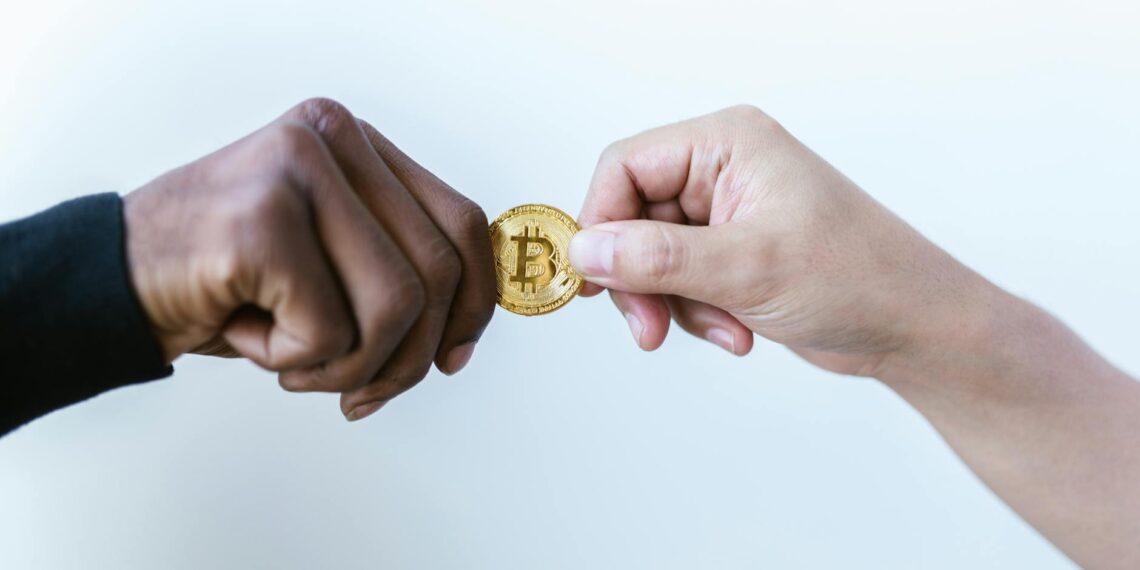Generally, the 1967 Canadian centennial penny (the 1 cent coin with the rock dove on the reverse), while commemorative, is not considered rare or particularly valuable in circulated condition.
However, there are exceptions and several factors influence the potential value of any coin, including Canadian 1 cent coins from 1867 to 1967:
- Rarity: Coins with low mintage numbers (fewer coins produced) are generally more valuable.
- Condition: Coins in excellent, uncirculated condition, with sharp details, are worth significantly more than worn or damaged ones.
– For instance, a 1936 Dot Canadian Penny sold for over $402,000 in 2010 because only a few are known to exist.
- Errors and Varieties: Coins with minting errors or variations (like the 1936 Dot penny or the 1955 No Shoulder Fold) can significantly increase their value.
- Historical Significance: Coins related to important historical events or figures can also be more collectible.
- 1967 Centennial Penny (Rock Dove): In circulated condition, these are very common and worth close to face value, perhaps 0.06–0.09 cents according to en.numista.com. Some uncirculated examples or sets may command higher prices.
- Large Cents (1858-1920): These are generally more valuable due to age and lower mintage. Prices vary widely depending on the year, condition, and specific varieties. Values can range from $0.30 for common, lower grade coins to over $21,000 for rare, high-grade examples like the 1858 Large Cent.
- Small Cents (1920-1967): Similar to large cents, values depend on the year, condition, and specific varieties. Some notable years include:
– 1922, 1923, 1925: These years are considered “key dates” due to low mintage numbers and are more sought after by collectors. Even worn examples can be worth a few dollars, while those in better condition can sell for hundreds or even thousands of dollars.
– 1920: This was the first year of the smaller penny. Value depends on condition, with circulated examples starting around $1.00.
– 1921: A rare year, especially in good condition. Prices can range from a few dollars to nearly $2,700.
– 1924: Value depends on condition, with circulated examples starting around $9.80.
– 1926: Value depends on condition, with circulated examples starting around $17.50.
– 1953 (Shoulder Fold) and 1955 (No Shoulder Fold): These variations can also be quite valuable.
- Rare Errors and Varieties: These can significantly increase value and are often difficult to identify without specialized knowledge.
The best way to determine the accurate value of your Canadian 1 cent coin from this period is to consult a qualified coin appraiser or numismatist . You can:
- Find a reputable coin dealer or appraiser in your area or utilize online appraisal services.
- Consider multiple opinions to get a well-rounded assessment.
- If you have a particularly valuable coin, a third-party grading service like NGC or PCGS can provide a more formal evaluation and certification.
While the 1967 Centennial penny is common, other Canadian 1 cent coins from 1867 to 1967 can hold significant value, especially those from years with low mintage numbers, with errors, or in high condition. If you believe you have a valuable penny, seeking professional appraisal is recommended.









How rare is a penny from 1867?
Great question! Collectibility and Rarity:
The 1867 Indian Head Penny is more rare than the issues from 1864 and 1865 and shares a similar rarity with the years 1866 and 1868. It is considered scarce across all grades, making it a sought-after coin by collectors.